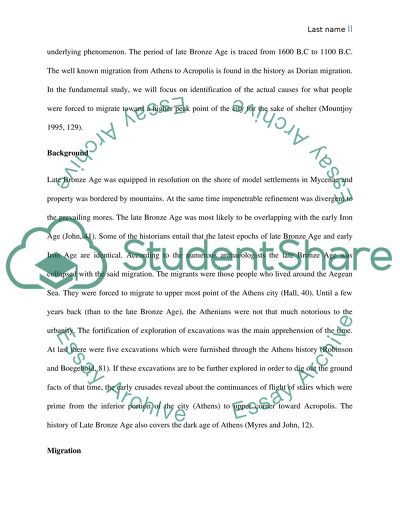Cite this document
(“Acropolis in the Late Bronze Age Essay Example | Topics and Well Written Essays - 1250 words”, n.d.)
Retrieved from https://studentshare.org/archaeology/1403796-acropolis-in-the-late-bronze-age
Retrieved from https://studentshare.org/archaeology/1403796-acropolis-in-the-late-bronze-age
(Acropolis in the Late Bronze Age Essay Example | Topics and Well Written Essays - 1250 Words)
https://studentshare.org/archaeology/1403796-acropolis-in-the-late-bronze-age.
https://studentshare.org/archaeology/1403796-acropolis-in-the-late-bronze-age.
“Acropolis in the Late Bronze Age Essay Example | Topics and Well Written Essays - 1250 Words”, n.d. https://studentshare.org/archaeology/1403796-acropolis-in-the-late-bronze-age.


